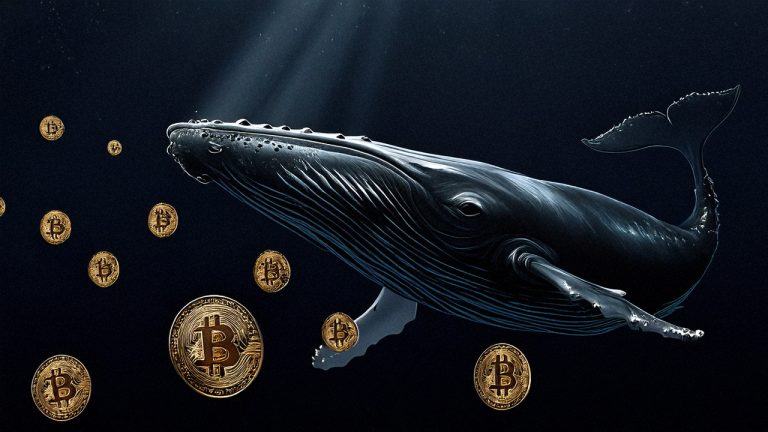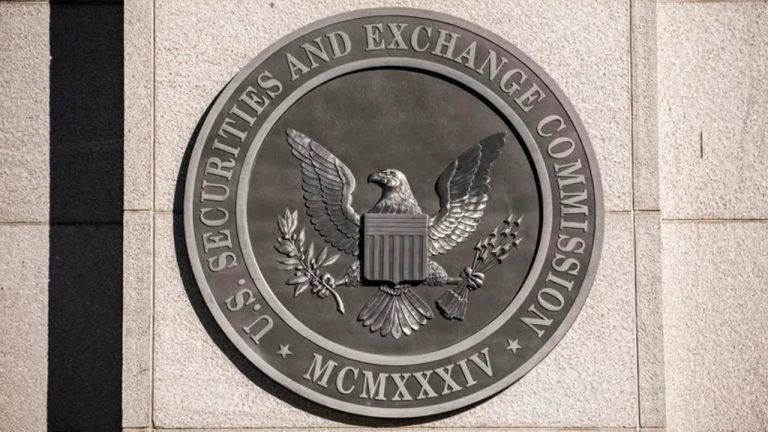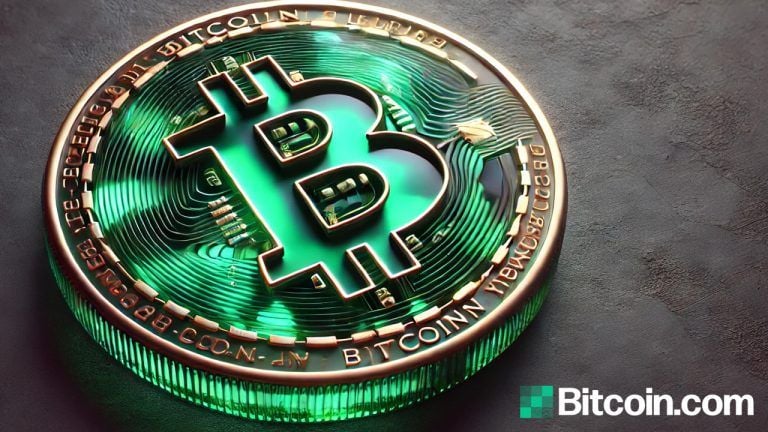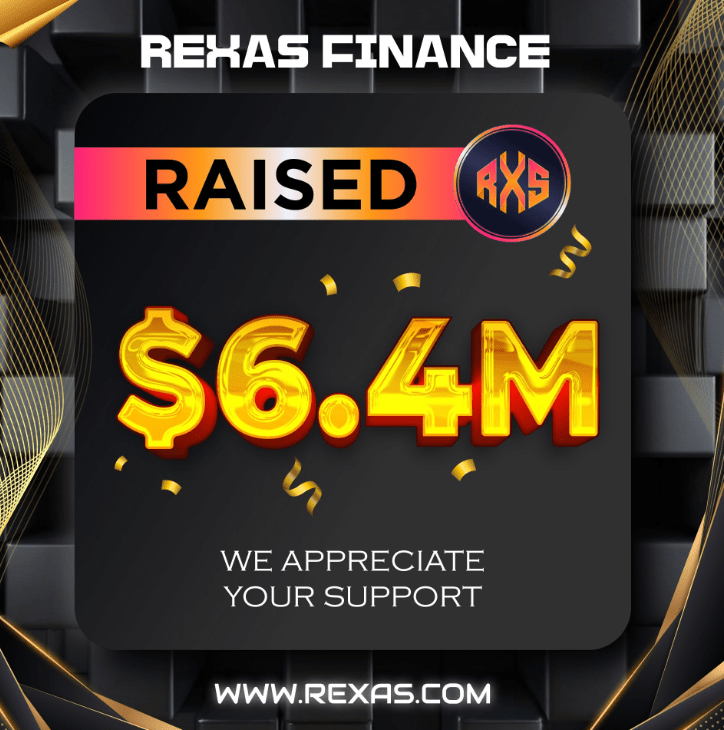
While centralized protocols struggled with the two major market crises of March 2020 and May 2021, DeFi remained resilient.
As if 2020 didn’t provide enough nail-biting moments, 2021 is shaping up to be quite an interesting year for cryptocurrency. With the price of Bitcoin (BTC) floating around the $35,000 mark, skeptics and pundits are flocking to the streets of social media to celebrate the long-awaited demise of the decentralized economy. Of course, they quite conveniently forgot that the price of Bitcoin has experienced a 533% increase since the third halving happened in May 2020.
Given the number of people claiming the crypto bubble has burst — including former U.S. President Donald Trump — it is almost hard to remember that the price of Bitcoin was hovering between $9,000 and $10,000 a mere 12 months ago.
Since the halving, in fact, decentralized finance (DeFi) has emerged as the most promising sector of the cryptocurrency economy, fueling the adoption of the crypto space. A quick glance at the growth statistics clearly indicates just how much momentum DeFi has generated over the past year. In June 2020, the total value locked (TVL) in DeFi was around $1.05 billion. Today, DeFi boasts more than $104 billion locked-in protocols.
Related: Was 2020 a ‘DeFi year,’ and what is expected from the sector in 2021? Experts answer
Although DeFi is set to lead the crypto space into the mainstream, DeFi has been challenged to its core over the past two years. While some onlookers may point to the hurdles in March 2020 and May 2021, the fact remains that DeFi is quite resilient and is poised for further growth moving ahead.
Calm in the storm
Despite the frenetic growth of DeFi, the space has experienced two substantial stress tests over the past two years: March 2020 and May 2021. To be clear, these instances challenged the DeFi space in ways it had not previously been challenged. The spread of the global COVID-19 pandemic and the Elon Musk-provoked panic selloff, coupled with the crackdown on China’s Bitcoin miners, culminated in the loss of $1 trillion across the entire crypto market.
If the Twitter account of Musk is partially responsible for summoning the storm, DeFi provided a calming presence within the storm.
Following the massive panic selloff ignited by Musk, a far more telling and impressive thing occurred: nothing. DeFi protocols continued to operate exactly as designed: no crashes, no glitches. In fact, the DeFi sector would grow to surpass $100 billion in value — passing its stress test with flying colors.
This feat is especially impressive when juxtaposed against the stress test administered in March 2020. The combined capitalization of the DeFi sector took a hard nosedive — crashing below $1 billion. Worse, the frenzy culminated in a crisis within MakerDAO’s liquidations system, where the protocol became under-capitalized, and roughly $8 million worth of Ether (ETH) was bid on and purchased for free over a 40-minute time period.
Like the rest of the DeFi space, however, MakerDAO survived. Although its survival required it to auction off native MKR tokens to fill the bad debt, it was also able to weather the storm of March 2020’s “Black Thursday.”
Just 12 months later, DeFi would once again carry the mantle for the acceleration of the crypto space. Even famed mainstream investor Mark Cuban would go on to claim that with DeFi, cryptocurrency’s “utility has changed. There are so many things that you can do now. If I've got my Bitcoin, whether it goes up or down in value, I can take a percentage of that and borrow and lend and earn income, and be my own personal banker.”
CEX and DEX performance
The impact of the two aforementioned crises was vastly different across centralized and decentralized exchanges (DEXs), as well. While DEXs navigated the situations relatively effectively, their centralized counterparts experienced outages and significant liquidation chaos.
The May 2021 crisis was extremely difficult for centralized exchanges (CEXs), with more than $7 billion in futures positions being liquidated in a single day, marking the second-highest single-day liquidation ever. Additionally, CEX users experienced functionality issues, including prevention from adding collateral, closing loans or completing trades.
Related: Decentralization vs. centralization: Where does the future lie? Experts answer
Decentralized exchanges, on the other hand, were not only able to avoid outages or downtime, but DEXs also experienced unprecedented trade volume, according to Dune Analytics. Though, that is not to say there were no hiccups along the way. A record $700 million was liquidated in DeFi protocols over a two-day span, and users suffered from egregious gas prices. However, the protocols operated as designed, and did not present compounding issues to users at any point.
This alone highlighted the robustness of DeFi when compared with centralized platforms.
DeFi is the new secure asset fund for users
Perhaps the most important factor in the resilience of DeFi has been the ability of crypto traders to generate significant returns on tokens, regardless of the market volatility. DeFi protocols have become increasingly popular over the past year, as they reward traders with yield for their collateral and their farming. More broadly, yield farming helps traders generate maximum returns on their crypto assets by borrowing, lending and staking across different DeFi protocols. The trading technique is quite similar to dividend payments in the traditional banking system, where the yield paid out to traders helps them generate compounded returns.
Related: Yield farming is a fad, but DeFi promises to change the way we interact with money
This method was instrumental in helping DeFi weather the storms of 2020 and 2021, as traders continued to operate within DeFi protocols to earn annual percentage yield, or APY, while simultaneously circumventing the turbulence within the market.
The volatility we’ve witnessed over the past 18 months was largely unable to dissuade traders from investing in DeFi. In fact, the statistics argue the contrary. While some speculators were dusting off their snow coats in preparation for crypto winter, DeFi protocols experienced monthly all-time high revenues — pushing the TLV in DeFi protocols to nearly $8 billion.
The massive economic stress tests of 2020 and 2021 had the potential to dismantle previous iterations of the decentralized economy. This evolved, matured version of the cryptosphere, however, was much more prepared to weather the storm. Akin to influencer Logan Paul squaring off against lightweight champion Floyd Mayweather, simply surviving is a huge victory. And, similar to Paul, the DeFi space fared far better than most assumed.
Not only did DeFi protocols survive, they thrived. The volatility within the free market must not be the takeaway from the previous two years. The more telling occurrence is that DeFi passed these tests — tests that centralized protocols struggled with.
DeFi’s resilience alone speaks volumes about its potential and its staying power.
This article does not contain investment advice or recommendations. Every investment and trading move involves risk, and readers should conduct their own research when making a decision.
The views, thoughts and opinions expressed here are the author’s alone and do not necessarily reflect or represent the views and opinions of Cointelegraph.

You can get bonuses upto $100 FREE BONUS when you:
💰 Install these recommended apps:
💲 SocialGood - 100% Crypto Back on Everyday Shopping
💲 xPortal - The DeFi For The Next Billion
💲 CryptoTab Browser - Lightweight, fast, and ready to mine!
💰 Register on these recommended exchanges:
🟡 Binance🟡 Bitfinex🟡 Bitmart🟡 Bittrex🟡 Bitget
🟡 CoinEx🟡 Crypto.com🟡 Gate.io🟡 Huobi🟡 Kucoin.



















Comments